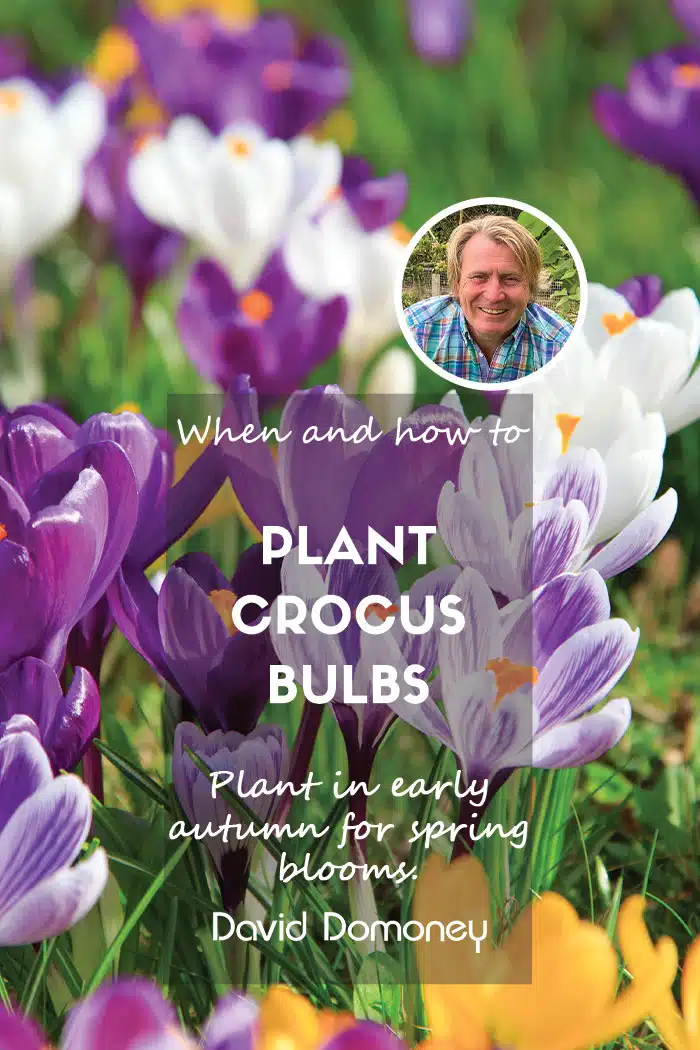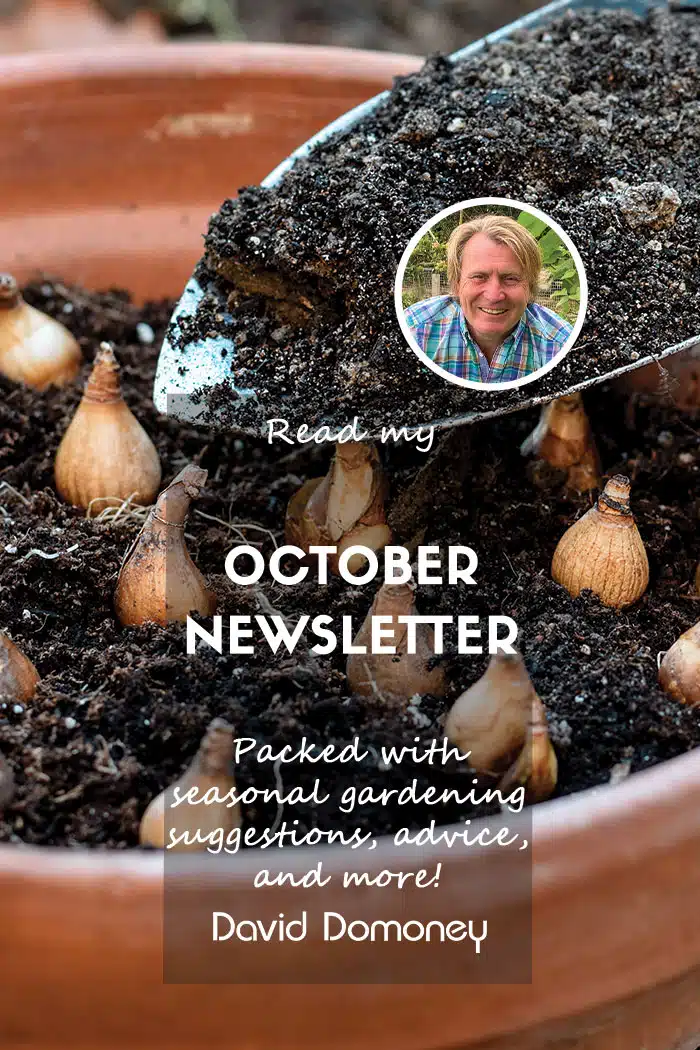David Domoney Glossary
There are currently 22 names in this directory beginning with the letter B.
Bareroot
Some plant types can be sold and shipped with their roots exposed, as opposed to planted in a container with soil. This means the plant remains in a dormant state, so once bought and planted in your garden they can acclimatize quickly to their new environment. Plants that are commonly sold bareroot are roses and fruit trees.
Basal Cutting
Taking basal cuttings is a way to increase the stock of your plants for free. Basal cuttings are taken in spring, and can be taken from young small plants. Select a strong side shoot and cut diagonally with a sharp knife, just above the point where it connects to the roots. Remove the lower leaves, dip the end in hormone rooting power and insert into a small pot filled with compost and a little grit. Cover with a plastic bag to propagate. Delphiniums and phlox make good candidates for basal cuttings.
Bedding Plant
Bedding plant is a term used for an annual plant that is used in flower beds, containers or hanging baskets, for temporary or seasonal decorative purposes. They are used to fill gaps and add colour to borders quickly, as most are fast-growing or sold ready to plant. Good examples of bedding plants includes pansies, petunias and begonia.
Beneficial insects
These include ladybirds, hoverflies, and wasps that help with pest control. Pollinators such as bees are can also be referred to by this term.
Bicoloured
This term is used to describe a plant that bears flowers of two distinctly different colours. Often these are a result of careful breeding, but they can sometimes happen randomly as a result of a mutation.
Biennial
A Biennial plant completes its life cycle within two years. Most often with biennials, you will see growth of leaves during the first year, and then flowering and seed production during the second.
Biodegradable
This could be anything that breaks down over time and will not cause any detrimental effect to natural surroundings. For example, bark chippings are biodegradable, because they will slowly rot down and form part of the soil underneath them.
Biological Pest Control
This means any natural method of pest control, for example the introduction of a predator or parasite that will reduce pest population. Biological pest control does not involve using any chemicals to control pests.
Blanching
Blanching, when used in gardening terms, is a process used to get the best flavor from vegetables such as celery or leeks. Covering the plants with soil or boards prevents further photosynthesis, which in turn keeps the vegetables pale, tender and sweet.
Blanketweed
Blanketweed is a form of pond algae made up of long fibrous strands that form a dense floating mat. This mat might cling to your plants or the side of the pond, and should be removed by hand or with a cane.
Blossom end rot
A rotten spot that infects the blossom end of tomatoes, aubergines, and peppers. The rotting is often caused by the lack of calcium associated with irregular watering of the vines.
Bog Garden
A bog garden is a very damp or waterlogged area, often near a pond, where specific plants that thrive in these conditions can be grown. These plants are known as ‘Bog Plants’ and examples include Iris Ensata and Hosta.
Bolting
This is a term used to describe vegetables that have flowered and produced seeds prematurely due to unusually high temperatures, drought or starvation. This is an unwelcome development, as in order to ‘bolt,’ a plant will often divert energy away from producing the edible portions of the crop – resulting in low or poor quality harvest. Examples of vegetables that are more inclined to bolt are lettuce, spinach and brassicas.
Botanical
This is a broad term that can mean anything relating to the scientific study of plants, including their genetics, physiology, structure and ecological importance. A botanical garden, for instance, is a garden which is often on display but is also being grown for scientific reasons. The botanic name of a plant is usually its original Latin given name.
Bottom Heat
This is a method of propagating plants that involves applying heat from beneath the plant in order to induce early germination or growth. It is most often used to stimulate growth in plant cuttings.
Brassicas
Brassicas are vegetables such as cabbage, broccoli and cauliflower that all come from the same plant species.
Breaking Bud
This is a term used to describe the growing stage of a plant when the bud opens up and new shoots begin to grow from it.
Broadcasting Seeds
Broadcasting seeds, or broadcast sowing is a method of sowing seeds that requires an even scatter over the surface of the soil rather than sowing in lines or drills. Lawn seed, for example needs to be broadcast sown, to ensure an even covering of lawn seed and no bare patches.
Bud
The bud of a plant is the small circular protrusion which grows from a stem and develops into a flower, leaf or shoot.
Bud Union
The Bud Union is the section of the plant where a bud has been grafted to a rootstock, and can usually be seen at soil level. A bud union is caused by ‘budding’ which is the process of grafting two plants together in this way. Roses and fruit trees are examples of plants that you might find have a bud union.
Bulb
Bulbs are small round storage organs from which a plant will grow, that are planted underground and often lie dormant, waiting to produce a plant until the appropriate time. For example you would plant a Daffodil bulb in autumn, which would then lie dormant underground until spring when the plant can begin to grow.




Leave A Comment